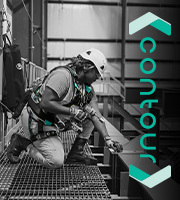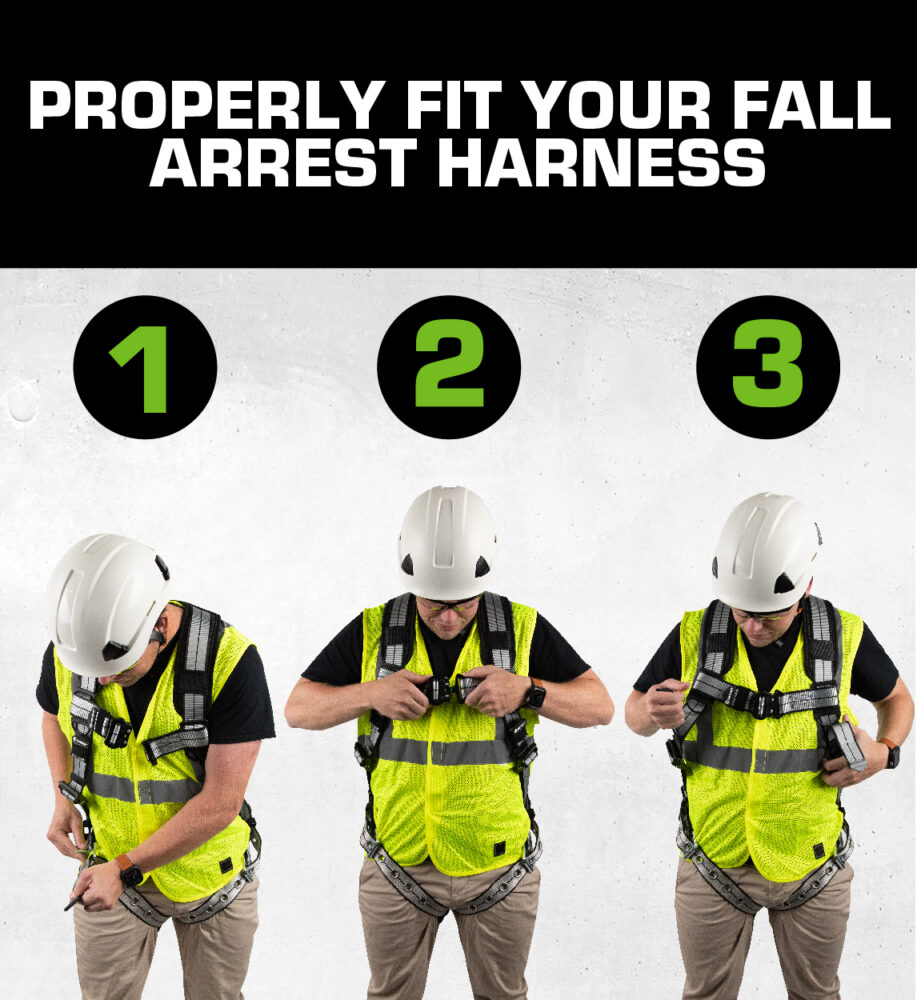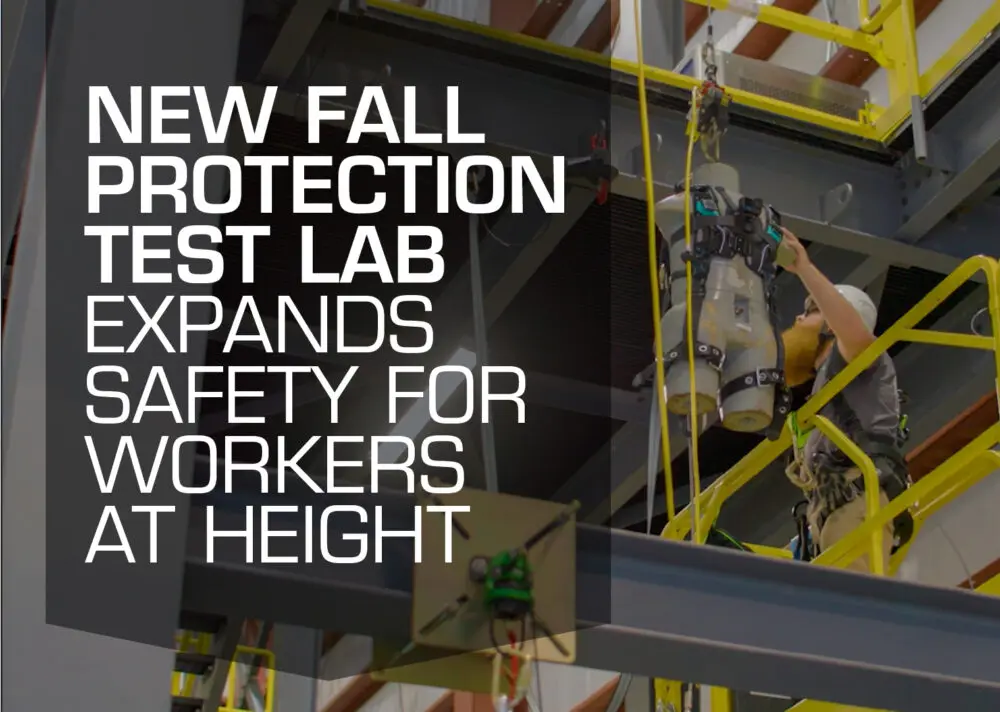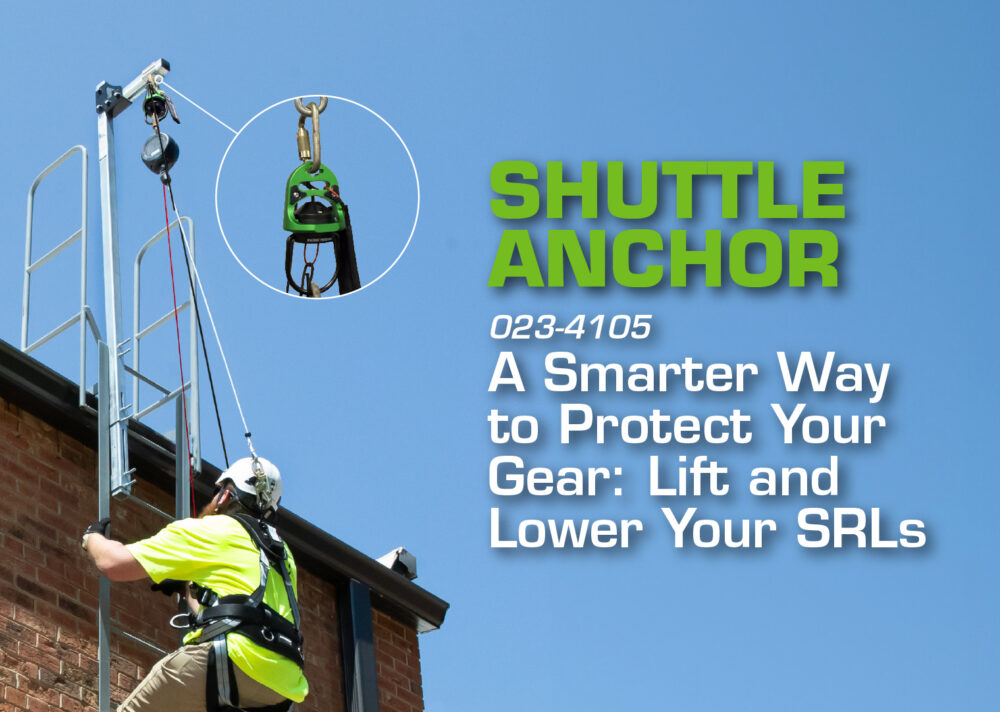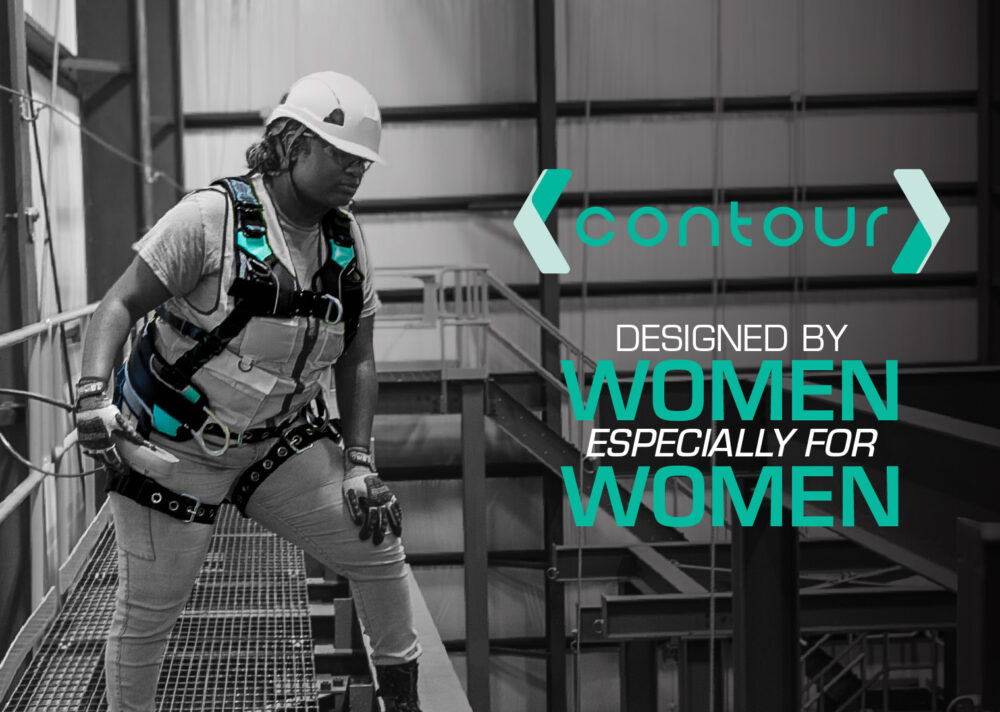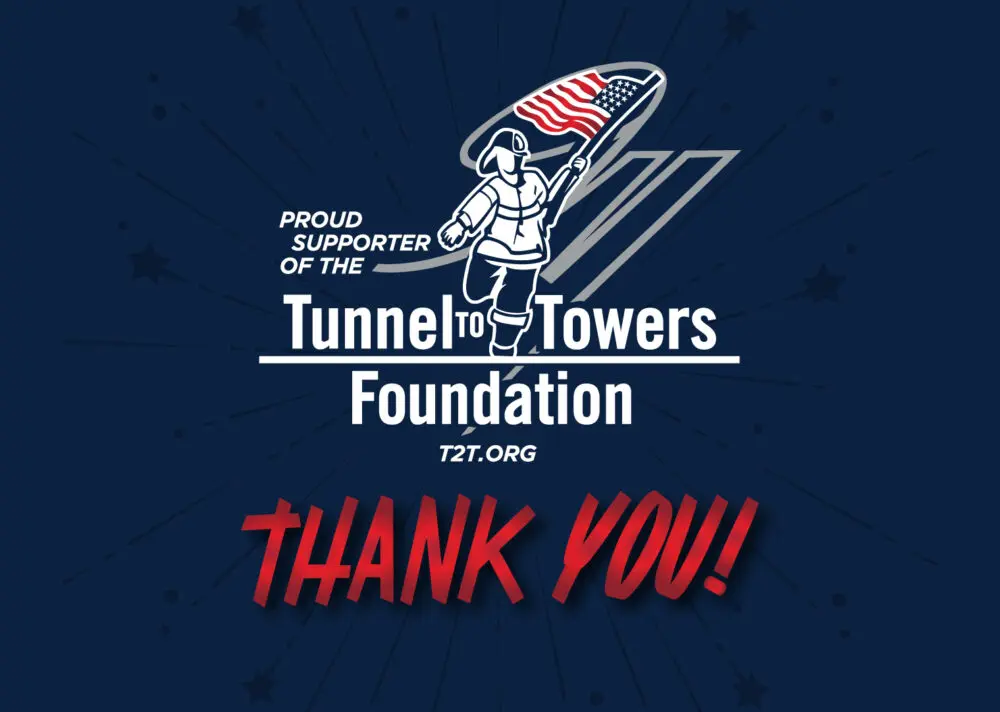When asked, “Does your harness fit properly?” most workers will answer yes with confidence. In reality, about a quarter of those people (close to 3 out of 10 workers) are making do with a harness that does not fit properly. Not only does OSHA (Occupational Safety and Health Administration) require that a fall protection harness be worn at height – 4 feet in general industry, 6 feet in construction – OSHA requires that all PPE (Personal Protective Equipment) must correctly fit the person wearing it. Each worker should be properly trained on how to don, or put on, a harness before ever needing to wear one while working at height. Further, note that each harness should also be inspected by the user before each use. You can view our Harness Inspection video for assistance with inspecting your harness before you put it on.
Ensure You Have a Properly Sized Harness
After the inspection, there are two parts to ensuring you are wearing a properly fitting harness. The first part comes before you put your harness on: you need to make sure the harness is sized correctly for you. While most modern fall protection harnesses have some degree of sizing flexibility built in, an extra-large harness designed for someone weighing 260-280 pounds is simply not going to fit correctly on a 200-pound worker no matter how many buckles you adjust. Even a harness with universal sizing designed to fit a wider range of people is not going to fit everyone. Always refer to manufacturer’s guidelines for weight and sizing.
For part two, not only does the harness need to be properly sized for your body, it requires proper adjustment on your body. A harness, when worn properly, is designed to distribute the significant force of a fall across the body to minimize injury. A harness that is too loose may not protect you in a fall – a suspended worker could actually fall out of the harness itself if not secured properly. A loose harness can also present a choking hazard when loose straps slip up around the neck and throat. A harness that is too tight is not only uncomfortable, but it can also cause further injury such as muscle strains or a pinched nerve during regular work. During a fall, a tight harness can speed the onset of suspension trauma caused by compression and could also present a choking hazard. In addition to proper tension adjustment, proper chest strap placement is also important as detailed below.
3 Steps to Ensure Your Proper Harness Fit
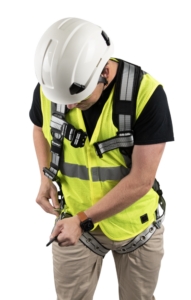
STEP 1
- Loosen adjusters and undo all harness connections to allow you to adjust them to your body.
- Place your arms into the harness to slip it over your shoulder like a jacket with the dorsal D-ring on your back.
- Pull leg straps through legs and connect buckle on leg strap to corresponding buckle on harness. Leg straps should fit snugly around your thighs, loosely enough to squat comfortably and tightly enough to allow two fingers to easily fit between the webbing and your leg.
- For a belted harness, connect waist strap after leg straps are secured. The waist belt should fit around your hips like the belt on your pants.
- Use the two buckles at base of shoulder straps to tighten straps so you can stand up straight comfortably without the straps gapping. Position sub-pelvic strap (extra seat strap) at or below seat of pants.
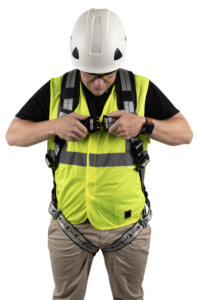
STEP 2
- Fasten chest strap across chest. The chest strap should be comfortably snug sitting at the center of your chest across your sternum, generally at or below the armpits.
- The chest strap should not be worn close to worker’s neck as it may come in contact with the neck causing choking after a fall. During fall arrest, the D-ring slides up on the back under the suspended weight of the fallen worker which can cause the chest strap to rise.
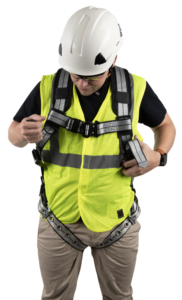
STEP 3
- Readjust all straps and buckles as needed so that your harness fits snug and allows full range of movement.
- Check to ensure the back D-ring is positioned at the top center of your back between your shoulder blades.
- Pass excess webbing through strap keepers to avoid entanglement and catch hazards.
Final Thoughts
Most safety professionals are well aware that fall protection is the OSHA standard with the most violations among U.S. employers year after year. Sadly, it has spent more than 13 years in a row as the top citation. Even more alarming, fall protection has been cited as a serious violation 4.5x more often than violations for eye and face protection – and 9x more often than those for head protection.
Fall protection training is also in the top 10 list of violations. Both safety professionals and workers at height should know that OSHA requires proper training by a qualified person before any employee is exposed to a fall hazard. This includes the nature of the hazard as well as correct procedures for inspection and operation of all personal fall protection systems and components, such as a fall protection harness. Perhaps by focusing more on education and training, such as a proper fitting harness, we can remove both instances of fall protection from the violations list – and more importantly, protect the lives and livelihoods of all workers at height.
